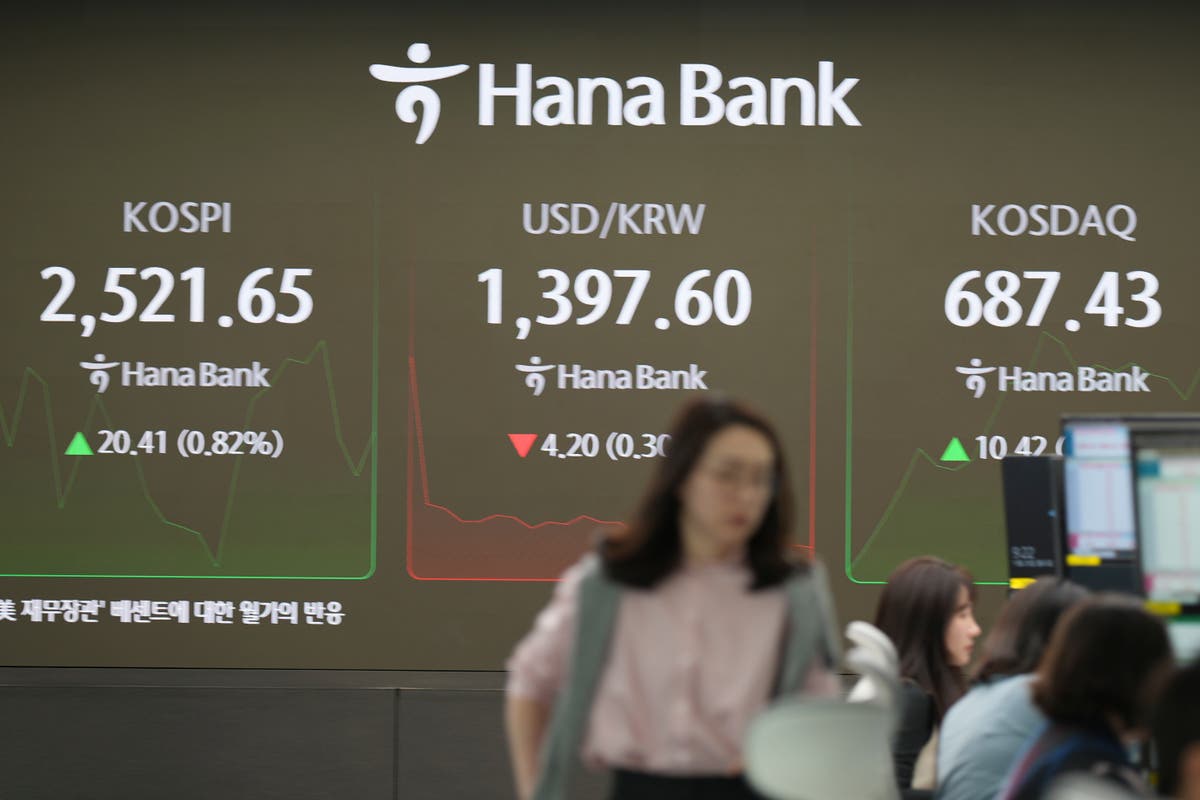Not all stocks have recovered from the 2022 bear market.
As the end of 2024 approaches, about two years have elapsed since the bottom of the 2022 bear market. In that time, many of the top stocks have recovered, taking the indexes to record highs.
Unfortunately for some investors, several smaller stocks are trading far below their pandemic highs. Nonetheless, as the recovery slowly becomes more broadly based, now could finally be the time to consider more of these companies, especially the trio highlighted below.
1. Airbnb
One of the more surprising stocks to have struggled is Airbnb (ABNB 1.20%), which has dropped 39% from its 2021 high. The company has revolutionized the short-term rental industry, leveraging a combination of network effects and tools driven by artificial intelligence (AI).
Airbnb was not the first company to list vacation rentals on a website. Nonetheless, its name became widely recognized among property owners and customers, making it a likely place to search for and list properties. The company has also ventured into experiences, becoming a vehicle for travel companies to create and fill events.
And its AI-based tools enhance its competitive advantage. Among these benefits are helping to determine pricing in a locality or identifying high-risk renters to reduce the likelihood of loud parties or property damage.
This approach led to $4.9 billion in revenue in the first half of 2024, a 14% increase from the same period in 2023. Net income was $819 million, a 7% rise over year-ago levels.
A near-quadrupling of its income tax expense weighed on Airbnb’s profit growth. The company has also blamed an uncertain global economy and a loss of novelty that led some customers back to hotels. With that, the stock has struggled and is down slightly for the year.
However, those challenges have weighed so heavily on the stock that its price-to-earnings ratio (P/E) is at 18. That likely points to a level of overreaction that would allow investors to buy shares at a bargain.
2. Sea Limited
Sea Limited (SE 3.59%) surged to record highs in 2021 as its e-commerce, gaming, and fintech segments thrived during the pandemic. Unfortunately, missteps such as going into e-commerce markets outside of its core Southeast Asian market left it at a competitive disadvantage.
Also, the popularity of its Free Fire mobile game faded amid competition and a ban on that game in India, helping lead to a 75% drop in the stock price.
Today, the company has pulled out of most of the non-Asian e-commerce markets and has instead invested in bolstering its competitive advantage in Southeast Asia. Also, Free Fire has experienced a resurgence, and Sea continues working with the Indian government to regain approval.
That and the continuing success of its fintech arm Sea Money have allowed the double-digit revenue growth to return. In the first half of 2024, revenue of $7.5 billion surged 23% over the same period last year.
Profit for that period fell to $58 million versus $410 million a year ago as it ramped up investments in sales and marketing. Still, that investment should improve profitability in the longer term as it builds its competitive advantage.
Investors seem to agree, and its stock has risen 130% this year. Although the lower profit spiked its P/E ratio, analysts estimate a forward P/E ratio of 51. Hence, as its three segments continue to improve, Sea Limited stock could continue moving upward and eventually set new record highs.
3. Roku
Roku‘s (ROKU 1.29%) stock struggles seem nonsensical in some ways. The company has continued to grow its customer base, and streaming hours indicate that these customers spend more time on the platform.
However, after surging to $490 per share in 2021 and falling in the subsequent bear market, the stock has struggled to gain traction amid that 84% decline.
The ad market has experienced an uneven recovery. Moreover, Roku has to compete with streaming services such as Netflix and Alphabet‘s YouTube for ad revenue.
The company also continues to move into new markets, which are slow to generate higher average revenue per user (ARPU). Thus, the second-quarter ARPU of $40.68 is virtually unchanged from year-ago levels.
Still, despite launching the Roku Channel, it has served as a largely neutral platform to bring streamers, viewers, and advertisers together. That has helped Roku to remain the No. 1 selling television operating system in the U.S. and other markets despite heavyweight competitors like Google and Amazon.
Amid those struggles, the $1.85 billion in revenue for the year’s first half rose 16% versus last year. During that time, Roku also pared its losses to $85 million versus $301 million in the same year-ago period.
The stock has also fallen by about 15% this year. But its price-to-sales ratio (P/S) of 3 makes it inexpensive. As user growth and monetization continue to improve, the long-overdue recovery of Roku could finally begin in earnest.
John Mackey, former CEO of Whole Foods Market, an Amazon subsidiary, is a member of The Motley Fool’s board of directors. Suzanne Frey, an executive at Alphabet, is a member of The Motley Fool’s board of directors. Will Healy has positions in Roku and Sea Limited. The Motley Fool has positions in and recommends Airbnb, Alphabet, Amazon, Netflix, Roku, and Sea Limited. The Motley Fool has a disclosure policy.

















